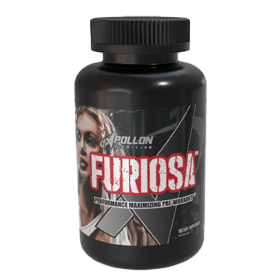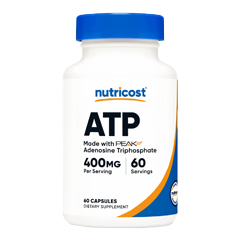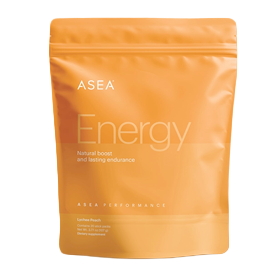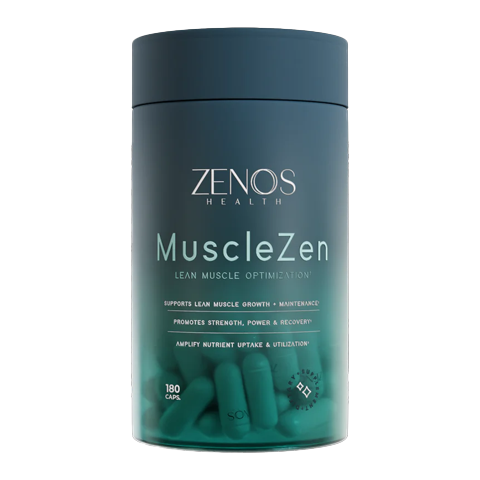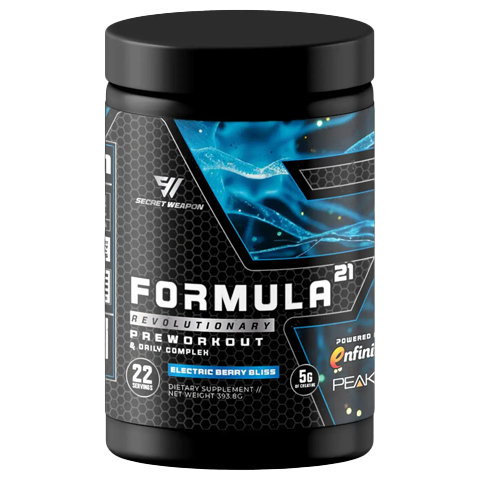 There's not a one-size-fits-all approach when it comes to meal planning. Generally speaking, most meal plans work when they are well balanced, moderate, and don't cause feelings of deprivation. When planning my meals, I tend to stick to a 40/40/20 ratio: 40% protein, 40% carbohydrate, and 20% fats. Depending on my level of physical activity, I keep my calorie intake between 12 and 16 calories per pound of bodyweight. Considering this rough calculation, a 140 lb. woman would eat between 1,680 and 2,240 calories per day. Calorie intake would need to adjust upward based on increased activity levels and individual metabolism. Keeping a food and workout journal can be especially helpful in the beginning, making it easier to implement weekly tweaks to your plan.
There's not a one-size-fits-all approach when it comes to meal planning. Generally speaking, most meal plans work when they are well balanced, moderate, and don't cause feelings of deprivation. When planning my meals, I tend to stick to a 40/40/20 ratio: 40% protein, 40% carbohydrate, and 20% fats. Depending on my level of physical activity, I keep my calorie intake between 12 and 16 calories per pound of bodyweight. Considering this rough calculation, a 140 lb. woman would eat between 1,680 and 2,240 calories per day. Calorie intake would need to adjust upward based on increased activity levels and individual metabolism. Keeping a food and workout journal can be especially helpful in the beginning, making it easier to implement weekly tweaks to your plan.
After making a plan, there are a few guidelines I tend to follow regarding the meal timing of carbohydrates and fats:
-
When I’m not training in the morning, I eat a combination of protein and good fats. An example of my breakfast is 4 egg whites, one whole egg, and half of an avocado. Research has shown that starting the day with protein and fats helps us utilize more fat for energy throughout the day.
-
I tend to eat most of my carbohydrates around training times. About an hour and a half before training, I eat around 30 grams of carbohydrates, 30 grams of protein, and a small amount of fat. An example might be 4 ounces of chicken and half of a cup of brown rice. Then I have 30 to 40 grams of quick-digesting carbohydrate and 30 grams of protein after a workout. An example is an apple and a whey protein isolate shake.
-
The body is most anabolic post-workout. This means that if you choose to eat extra calories it should be done within an hour or so of training. I recommend trying different macro combinations after training in order to see what your body responds best to.
-
Calorie intake, especially carbohydrate intake, can be increased on days when larger muscle groups are trained. Leg workouts, back workouts, and days with plenty of compound movements all qualify.
Personally, if I’m very hungry and choose to increase my calorie intake, I consume more protein. It’s very difficult for the body to convert protein to body fat. Protein also has a satiating effect meaning we tend to feel less hungry when we eat more protein. I also don’t weigh my proteins unless I’m two or less weeks out from a competition. This helps me eat according to how I feel at the time.
Vegetables, for the most part, are considered “free”. I fill up my plate with brightly colored veggies and richly spiced healthy foods. Just like the old saying, “we eat with our eyes first,” if the plate is sparse, we feel like we haven’t had enough food. Don’t underestimate the visual appeal of a full plate or bowl. Sometimes, I put an entire bag of spinach in a large salad bowl, throw some rice and chicken on top, and that will be my meal! It’s usually around 300 calories, but looks like a mountain of food! Increased protein intake, along with increased volume of foods leads to satiety.
One of my favorite books is Volumetrics, by Dr. Barbara Roll. In the book, Dr. Roll theorizes that the body is accustomed to eating a certain volume of food. We can either eat that volume in high-calorie, nutrient-poor foods, or in low-calorie, nutrient-rich foods. Which one of the following would you rather eat? Would you prefer a greasy drive-thru burger or grilled steak, a baked potato, steamed veggies, and an apple?
Proper nutrition is a key part in achieving training goals. Supplementation is also very important! As a seasoned lifter, I felt that I had reached my limits for strength and power at my weight, but PEAK ATP helped me improve both! I rely on it!
Thank you for reading! Until next time, train hard, y'all!
-Erin Stern




